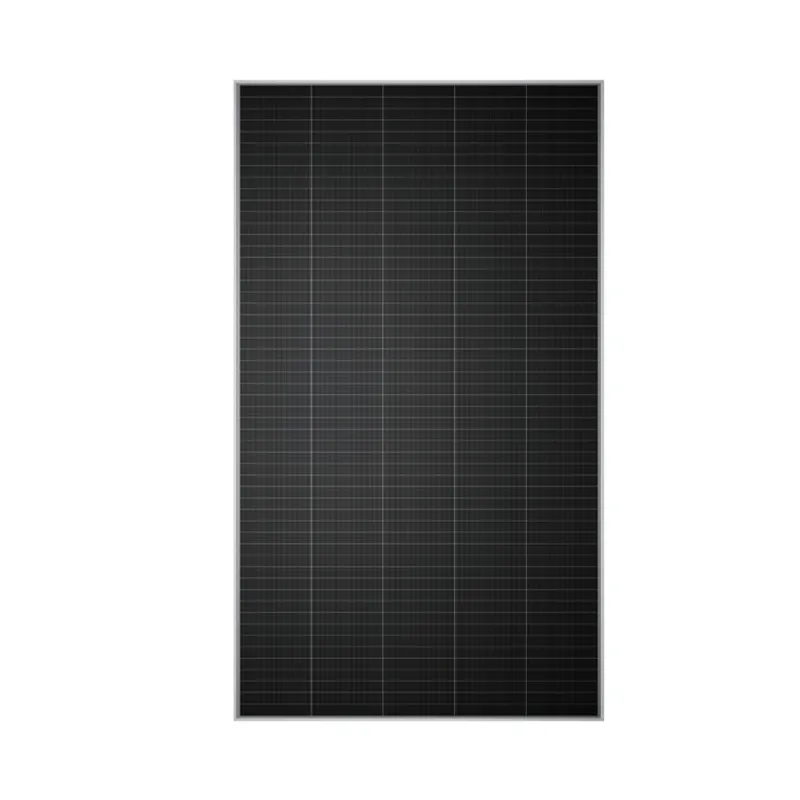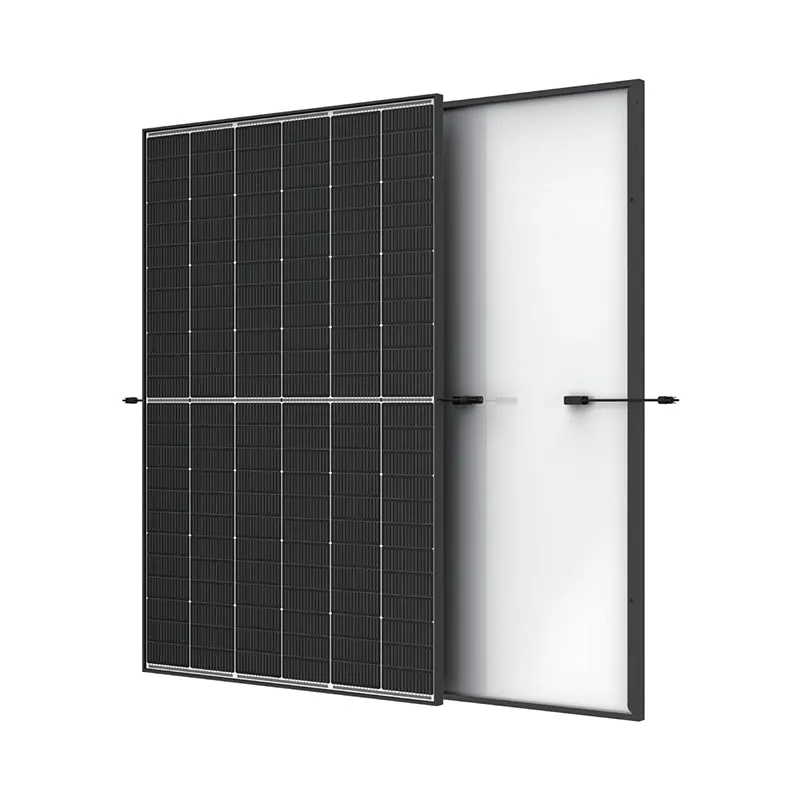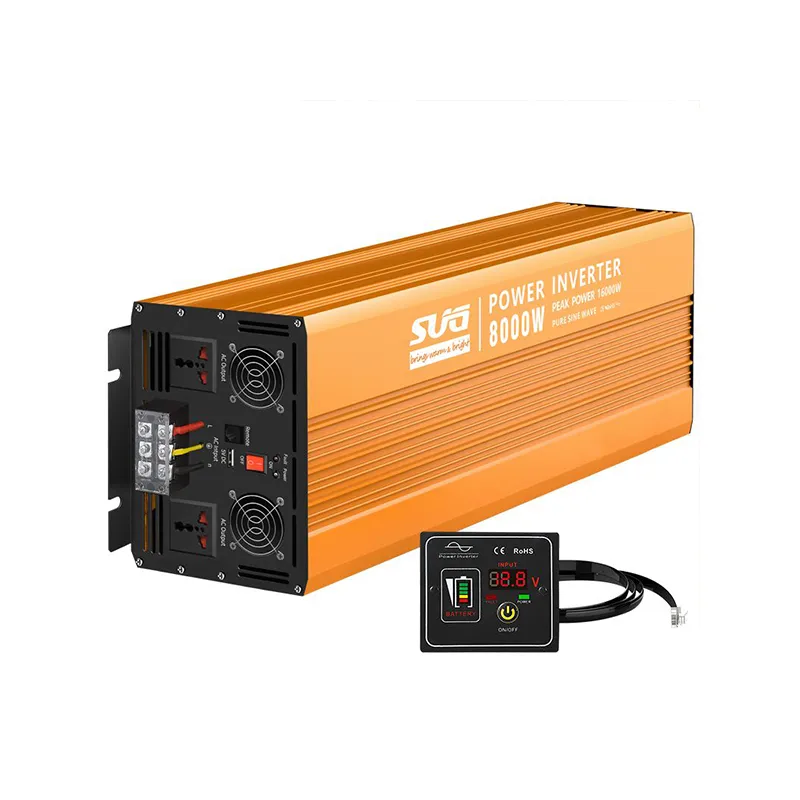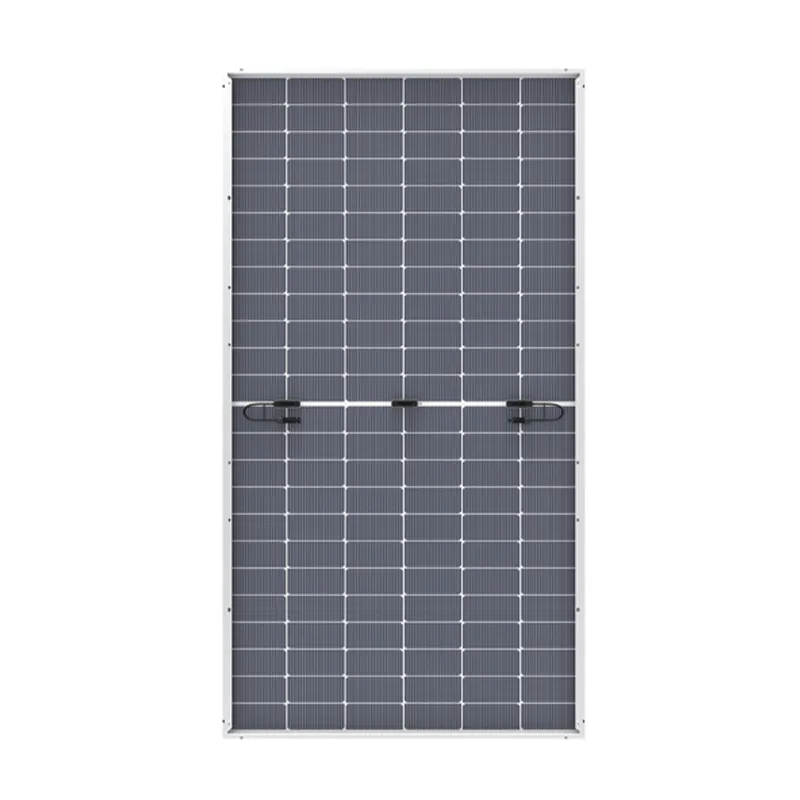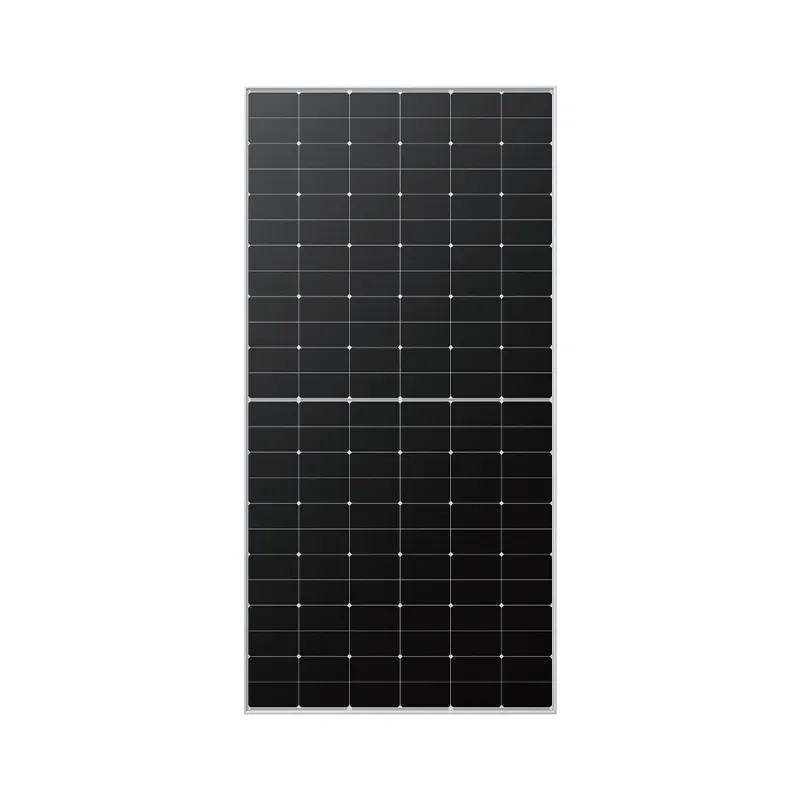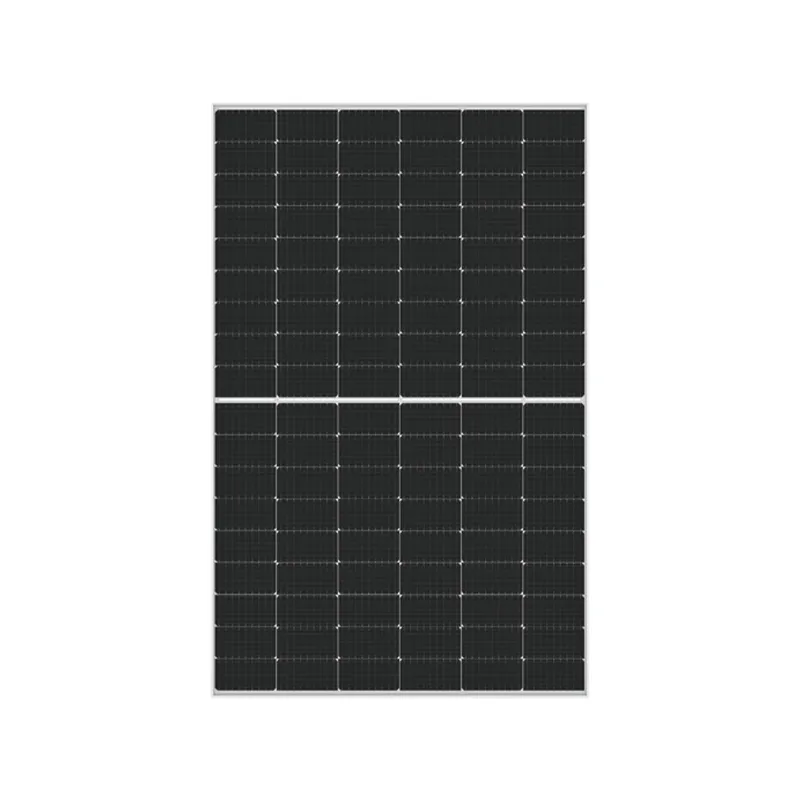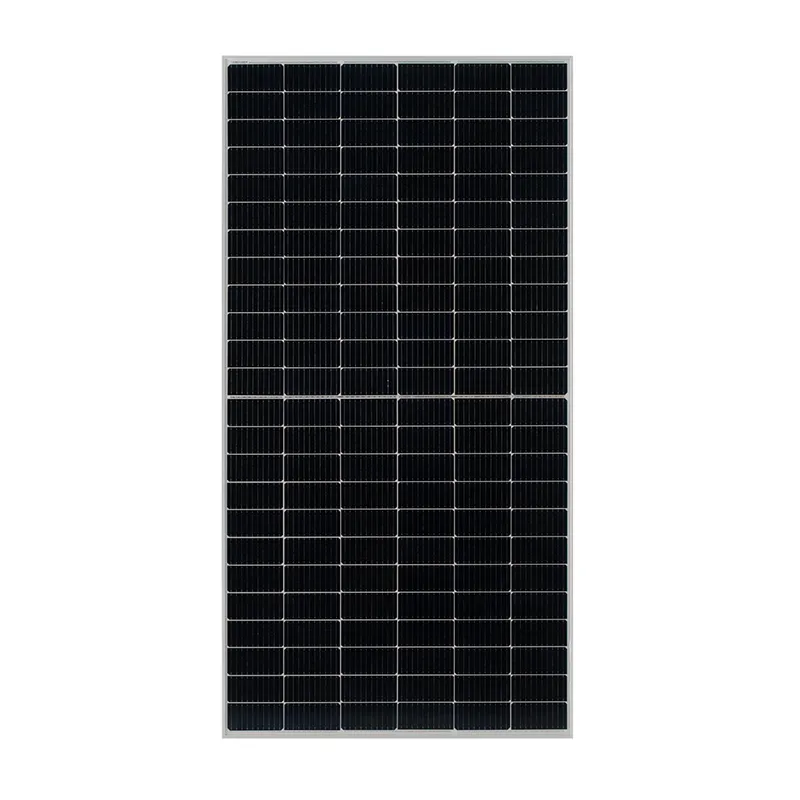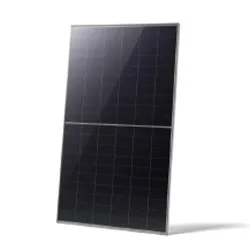600 Watt Solar Panel Dimensions & Price Guide Efficient & Affordable Energy Solutions
- Introduction to 600 watt solar panel dimensions
and relevance - Evaluating size and output: data-driven insights
- Technical advancements and product superiority
- Manufacturers comparison: performances and pricing
- Custom solutions tailored for diverse energy needs
- Applications and real-world case studies
- Conclusion: Harnessing the power of 600 watt solar panels for optimal value
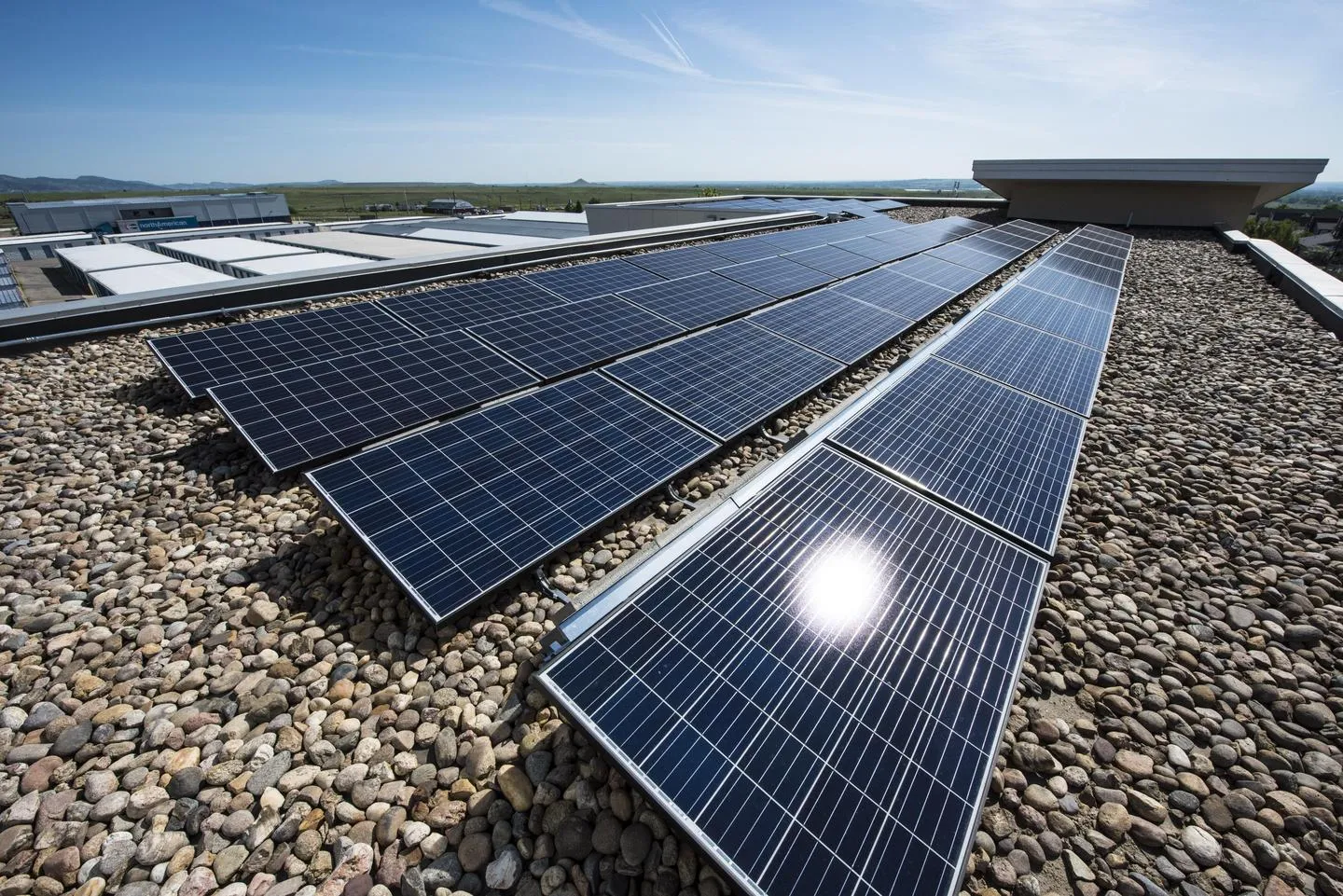
(600 watt solar panel dimensions)
Understanding 600 watt solar panel dimensions for energy optimization
Solar energy is reshaping the way we think about power generation, with advancements leading to high-capacity modules like the 600 watt solar panel. As demand grows, understanding the 600 watt solar panel dimensions becomes crucial for maximizing roof space, managing installations, and optimizing system efficiency. The physical specification of panels determines compatibility with residential, commercial, and industrial settings, and directly influences factors such as mounting requirements, wind load, and shipping logistics. For consumers, accurate knowledge about solar panel 600 watt price and sizing ensures higher returns on investment and better energy planning.
Size, Output, and Price: Behind the Numbers
When evaluating solar panels, both their physical footprint and electrical performance play pivotal roles. Most 600 watt solar panels measure between 2380 mm x 1303 mm x 35 mm (93.7 in x 51.3 in x 1.4 in) to 2465 mm x 1134 mm x 35 mm (97.0 in x 44.7 in x 1.4 in), housing 120 to 156 monocrystalline cells. These modules boast impressive conversion efficiencies ranging from 20% to 22.2% under standard test conditions.
Modern 600 watt panels operate optimally at voltages of 40V–42V and produce currents between 14A–15A. Their durability is reinforced with frames crafted from anodized aluminum alloy, designed to withstand hail impact and wind speeds over 2400 Pa. This results in long-term operational reliability and minimal maintenance. The larger format does complicate transport but enables more watts per panel, reducing balance-of-system costs.
| Parameter | Value Range |
|---|---|
| Width | 1134–1303 mm (44.7–51.3 in) |
| Height | 2380–2465 mm (93.7–97.0 in) |
| Thickness | 35 mm (1.4 in) |
| Weight | 33–38 kg (72.8–83.8 lbs) |
| Efficiency | 20–22.2% |
| Typical Output (W) | 600 |
Technical Superiority and New Innovations in 600W Modules
Advances in solar cell design have been critical drivers behind the powerful 600 watt solar panel. High-purity monocrystalline PERC cells, half-cut multi-busbar architecture, and bifacial technology are common in latest models. These features not only improve energy harvest but also enhance performance consistency during cloudy days and partial shading. Modern module encapsulants and anti-reflective coatings allow panels to maintain high output, even under sub-optimal conditions.
Enhanced heat dissipation mechanisms, silver-coated contacts, and reinforced glass have extended expected panel lifespans to over 30 years with warranted degradation rates below 0.45% per annum. This ensures that end-users receive not just higher initial wattage, but also sustained output, which directly increases lifetime value and return on investment. For utility-scale projects, this technical leap translates into reduced installation costs, better utilization of inverter capacities, and increased project viability.
Comparing Leading Manufacturers: Quality, Performance & Price
A side-by-side comparison of top-tier 600 watt solar panels illustrates marked variations in dimensions, performance data, and 600 watt solar panel price. Below is a comprehensive table referencing representative products from leading manufacturers, highlighting their specifications and pricing to guide buyers toward the right investment decision.
| Manufacturer | Panel Size (mm) | Cell Type | Efficiency (%) | Weight (kg) | Warranty | Typical Price (USD) |
|---|---|---|---|---|---|---|
| LONGi Solar | 2384 × 1303 × 35 | Mono PERC Half-cut | 21.2 | 34.5 | 12/30 Years | $195–$250 |
| JA Solar | 2465 × 1134 × 35 | Mono Bifacial | 20.9 | 36 | 12/25 Years | $205–$270 |
| Trina Solar | 2384 × 1303 × 35 | Mono N-type | 22.2 | 33.8 | 15/30 Years | $215–$280 |
| JinkoSolar | 2465 × 1134 × 35 | TOPCon N-type | 21.8 | 35.9 | 15/30 Years | $210–$275 |
Pricing is influenced by regional taxes, shipping costs, and volume discounts. As of Q2 2024, the solar panel 600 watt price averages between $0.33–$0.47 per watt in large-scale orders. Reliability, after-sales support, and warranty terms should all be weighed alongside raw price data for decision-making.
Custom 600W Panel Solutions for Varied Energy Requirements
The one-size-fits-all approach rarely applies to 600 watt solar panels. Installation sites range from urban rooftops with space constraints to sprawling commercial arrays or isolated agrivoltaic fields. Custom solutions encompass not only the dimensions but also frame thickness, mounting design, junction box position, and compatibility with hybrid inverters. For rooftops with weight limitations, modules with reinforced but lighter frames are available. Agricultural or humid environments can utilize panels with higher corrosion resistance and enhanced IP ratings.
Leading manufacturers offer module customization for order volumes above 100 units, allowing alterations in cable lengths, connectors, anti-soiling coatings, and fire resistance classes. For on-grid and off-grid compatibility, clients can select AC or DC output optimizers pre-installed. These tailored options ensure peak power delivery for unique residential installations, large-scale solar parks, or innovative building-integrated PV (BIPV) applications.
Deployment & Use Cases: 600W Panels in Real-World Practice
The adoption of 600 watt solar panels is accelerating worldwide. In Germany, utility-scale arrays now deploy these modules to maximize output per acre, reducing land acquisition costs by 15% compared to 450W systems. In California, commercial warehouses use 600W panels to cut annual grid reliance by 68%, taking advantage of efficient roof utilization and rapid installation. Independent case studies from Australia demonstrated that rural installations using 600W bifacial panels generated, on average, 8% more energy during overcast conditions compared to conventional monofacial modules.
Educational campuses and public buildings are integrating these high-output panels to support electric vehicle charging, intelligent lighting systems, and emergency backup, driving sustainability agendas while improving energy resilience. This trend is mirrored across developing markets, where transport hubs and microgrid projects benefit from the compact form factor and robust build quality of 600W panels. Their flexibility also makes them well-suited for containerized solar plus storage kits for disaster relief applications.
| Case Study | Location | Setup | Result |
|---|---|---|---|
| Utility-Scale Solar Farm | Germany | 1200 × 600W modules | 15% higher output per acre |
| Commercial Rooftop | California, USA | 350 × 600W modules | 68% grid independence |
| Agricultural Microgrid | Queensland, Australia | 400 × 600W bifacial modules | 8% more yield in cloudy weather |
| Education Campus | Dubai, UAE | 120 × 600W modules | EV charging and lighting supported |
Conclusion: Maximizing Energy and Value with 600 watt solar panel dimensions
The leap to 600 watt solar panels marks a significant fusion of performance, scalability, and economic advantage within the solar industry. By understanding 600 watt solar panel dimensions, output potentials, and custom solutions, both consumers and installers can maximize spatial efficiency and harness substantial long-term returns. Manufacturer offerings provide robust technical support, strong warranty terms, and continuous innovation to ensure every energy project reaches its true potential. As adoption accelerates globally, the integration of these advanced solar modules will drive decarbonization efforts, support energy security, and herald a new era in sustainable development, making the choice of a 600W panel a future-proof investment.
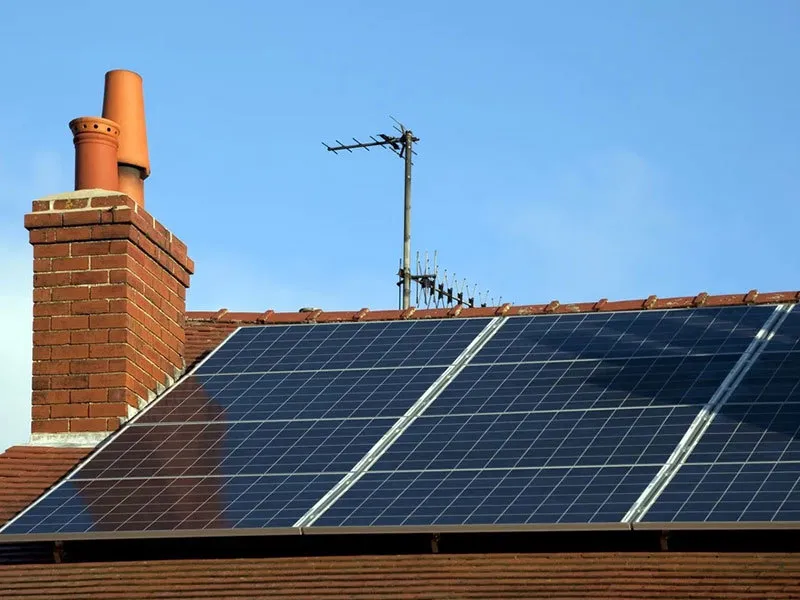
(600 watt solar panel dimensions)
FAQS on 600 watt solar panel dimensions
Q: What are the typical dimensions of a 600 watt solar panel?
A: A 600 watt solar panel usually measures around 2,200 x 1,134 x 35 mm (86.6 x 44.7 x 1.4 inches). Exact size may vary by manufacturer. Always check the specific product datasheet for precise dimensions.Q: How much does a 600 watt solar panel cost?
A: The price of a 600 watt solar panel typically ranges from $250 to $600 per panel. Factors such as brand, cell type, and location can affect the price. Bulk purchase may offer additional discounts.Q: Are 600 watt solar panels suitable for home installation?
A: Yes, 600 watt solar panels are suitable for residential systems and can reduce installation time and space requirements. Their larger size allows for higher power output from fewer panels. Ensure your roof can accommodate their dimensions before purchasing.Q: How much area do I need to install a 600 watt solar panel?
A: Generally, you’ll need about 2.5 square meters (27 square feet) per 600 watt panel. Ensure you allocate extra space for mounting and airflow. Panel size can slightly vary by manufacturer.Q: Does the price of a 600 watt solar panel include installation?
A: Most listed prices for 600 watt solar panels are for the panel itself and do not include installation. Installation charges are usually separate and depend on location and installer. Always confirm with the seller or installer.-
Unlocking Energy Freedom with the Off Grid Solar InverterNewsJun.06,2025
-
Unlock More Solar Power with a High-Efficiency Bifacial Solar PanelNewsJun.06,2025
-
Power Your Future with High-Efficiency Monocrystalline Solar PanelsNewsJun.06,2025
-
Next-Gen Solar Power Starts with Micro Solar InvertersNewsJun.06,2025
-
Harnessing Peak Efficiency with the On Grid Solar InverterNewsJun.06,2025
-
Discover Unmatched Efficiency with the Latest String Solar InverterNewsJun.06,2025
